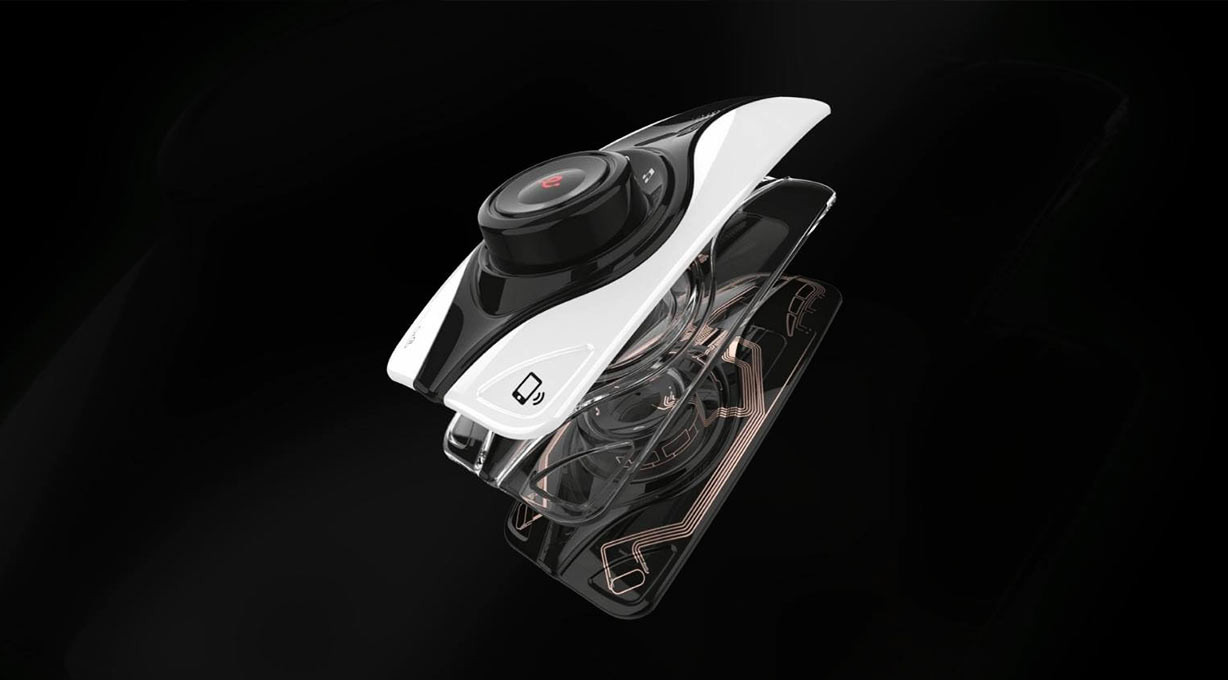IMD/IML Injection Molding Technology: Evolution, Integration, and Innovation
An in-depth analysis of IMD/IML injection molding technology, highlighting its evolution, integration with in-mold electronics, and advanced applications, demonstrating its potential for continuous innovation and value enhancement in product development.
Introduction to IMD/IML Injection Molding
IMD/IML (In-Mold Decoration/In-Mold Labeling) injection molding is an advanced technology where a printed film is molded, embedded in the injection mold cavity, and then resin is injected onto the back of the film, combining the film and ink layer. This technology has evolved from mere decoration to incorporating functionality, such as touch control and atmosphere lamps, and has transitioned from single injection molding to full automation.

Integration with In-Mold Electronics
In-mold electronics (IME) combines IMD/IML injection technology with flexible printed circuits to produce 3D shapes embedded with circuits of varying complexity. The latest development, in-module electronics (IME) or in-module structured electronics (IMSE), is poised for rapid growth, with a forecasted market value exceeding $1.11 billion by 2029. This trend enables the production of more reliable products without the need for assembly and packaging through in-mold electronics.
Application Process
The application begins with multilayer decorative, conductive, and dielectric inks screen-printed on polycarbonate or mylar sheets. After curing, the printed film is thermally shaped into a 3D shape and placed in an injection mold. A clear or colored resin is then injected behind it, resulting in a functional hard plastic piece.
Integrated Functionality of IMD/IML Injection Molding
IMD/IML injection technology integrates printed capacitive sensors inside injection parts. The surface is a decorative film, typically made of materials like PC, PET, PMMA, PP, or PA, used for printing ink layers resistant to UV, water, and solvents. The injection materials usually include PC, PC/ABS, ABS, PMMA, and PP. IMD/IML injection molding technology also integrates touch switches by adding a conductive layer. This replaces manual flexible circuit boards, offering fewer restrictions, 90-degree bending angles, fewer wires and nodes, and a thinner profile.
Integration with PUR Process
PUR, made from the reaction of isocyanate and polyol, is a polymer with a carbamate segment repeat structure unit. It exhibits high mechanical strength, oxidation stability, flexibility, resilience, and excellent resistance to oil, solvents, water, and fire. IMD/IML injection technology integrates the PUR process, completing the decoration of plastic parts during the injection process through in-mold transfer printing. PU (polyurethane) is then infused into the same mold cavity, achieving a design with a crystal-clear, high-gloss surface that remains intact upon scratching or impact.
Conclusion
IMD/IML injection molding technology enhances product quality, expands the scope for continuous innovation, and increases product value. With the integration and innovation of emerging technologies, IMD/IML injection molding technology holds promising prospects for further development.